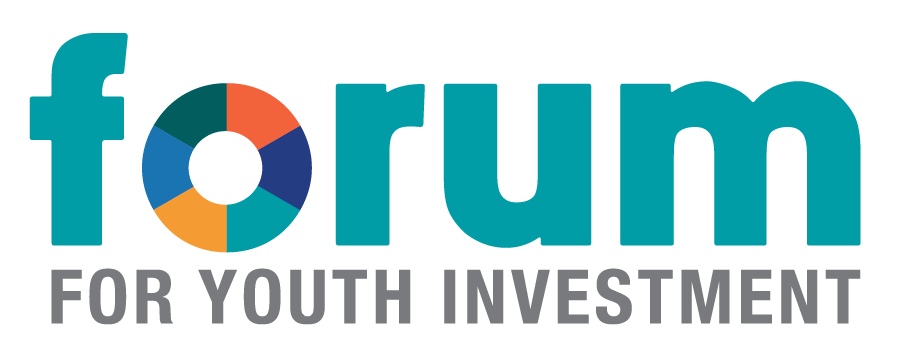Three Strategies to Support Youth Impacted by the Justice System
April 3, 2024
Youth make many transitions on their path to adulthood that involve multiple systems. Of note is the transition from the juvenile justice system. For youth impacted by the juvenile justice system, this can mean losing valuable progress in school or work due to systems failing to address their unique needs. Systems that focus on these transitions, with a focus on leveraging youth strengths and assets, can help youth stay connected to school and employment.
According to the Juvenile Residential Facility Census of 2020 (released in Jan. 2024), more than 25,000 youth were charged with and adjudicated for an offense and held in some kind of residential facility. Research has shown negative academic outcomes for youth in juvenile facilities, including disruption in education and challenges entering the workforce.
Below are strategies, rooted in positive youth development, that local, state and federal policymakers can consider to support youth impacted by the justice system in their transition back to education, work, and the community.
- Engage Youth in Transition Planning. Elements of a positive youth development approach include leveraging youth assets, engaging youth in the process and creating supportive environments. Deploying these elements in support of youth transition from juvenile justice involvement can support the transition back to education, employment, and the community. One example, highlighted in a fact sheet from the Coalition for Juvenile Justice, is Washington State. There, youth are engaged in the development of reentry plans, including securing housing, employment, and educational opportunities as appropriate.
- Work Across Systems to Support Youth. Youth impacted by the juvenile justice system are commonly involved in other systems, including housing, human services, foster care, and others that provide support or services to the youth or their family. A study of five local jurisdictions showed the need for data sharing and collection, shared funding, and collaborative relationships to support youth workforce outcomes for justice impacted individuals. One of the local jurisdictions was Hartford, Connecticut. Nearly 30 organizations are engaged in the Hartford Opportunity Youth Collaborative, which includes a working group on Youth Leadership. That working group consists of youth ages 14-24 who support their peers transitioning from foster care, the juvenile justice system, or other disconnection with networking opportunities, career navigation, mentoring, and other events. The District of Columbia’s Achievement Centers take a positive youth justice approach as part of the Department of Youth Rehabilitation Services’ community-based initiatives. Through wraparound supports the centers help youth leverage their strengths, develop confidence and a sense of belonging.
- Create Developmentally and Age-Appropriate Policies. Developmentally appropriate supports include tiered intervention to reduce involvement with the juvenile justice system and diversion programs to mitigate the effects of detention. In 2014, Kentucky passed Senate Bill 200 expanding the youth pre-court diversion program for first time misdemeanors and felonies not including sexual offenses or deadly weapons. In 2020, the Urban Institute released findings from their analysis of the diversion reform and found that diversion increased and the vast majority of youth completed their diversion program. While the state saw some progress, racial and ethnic disparities persisted and there was no significant impact on recidivism, though the report indicates the need for further analysis.
This year marks the 50th anniversary of the enactment of the Juvenile Justice Delinquency Prevention Act (JJDPA) law. It’s the first comprehensive juvenile justice legislation. In FY 2023 JJDPA allocated $75 million in formula grant funding to states, which must comply with federal guidelines on juvenile detainment and be actively working to address racial disparities. The law was last reauthorized in 2018 and the Senate Judiciary Committee leadership is planning to reintroduce the bill in the coming weeks. The 2018 reauthorization had four core components: (1) deinstitutionalization of status offenders, or ensuring that youth are not incarcerated for acts that would not be crimes if they were an adult; (2) removing youth from adult facilities; (3) ensuring youth are not placed in facilities where they will have contact with adult offenders; and (4) addressing racial and ethnic disparities in the juvenile justice system.
Youth impacted by the juvenile justice system face significant barriers in the transition back to education, workforce, and the community. Positive youth development, cross-system collaboration, and federal support can all make an enormous difference during this inflection point for youth.
